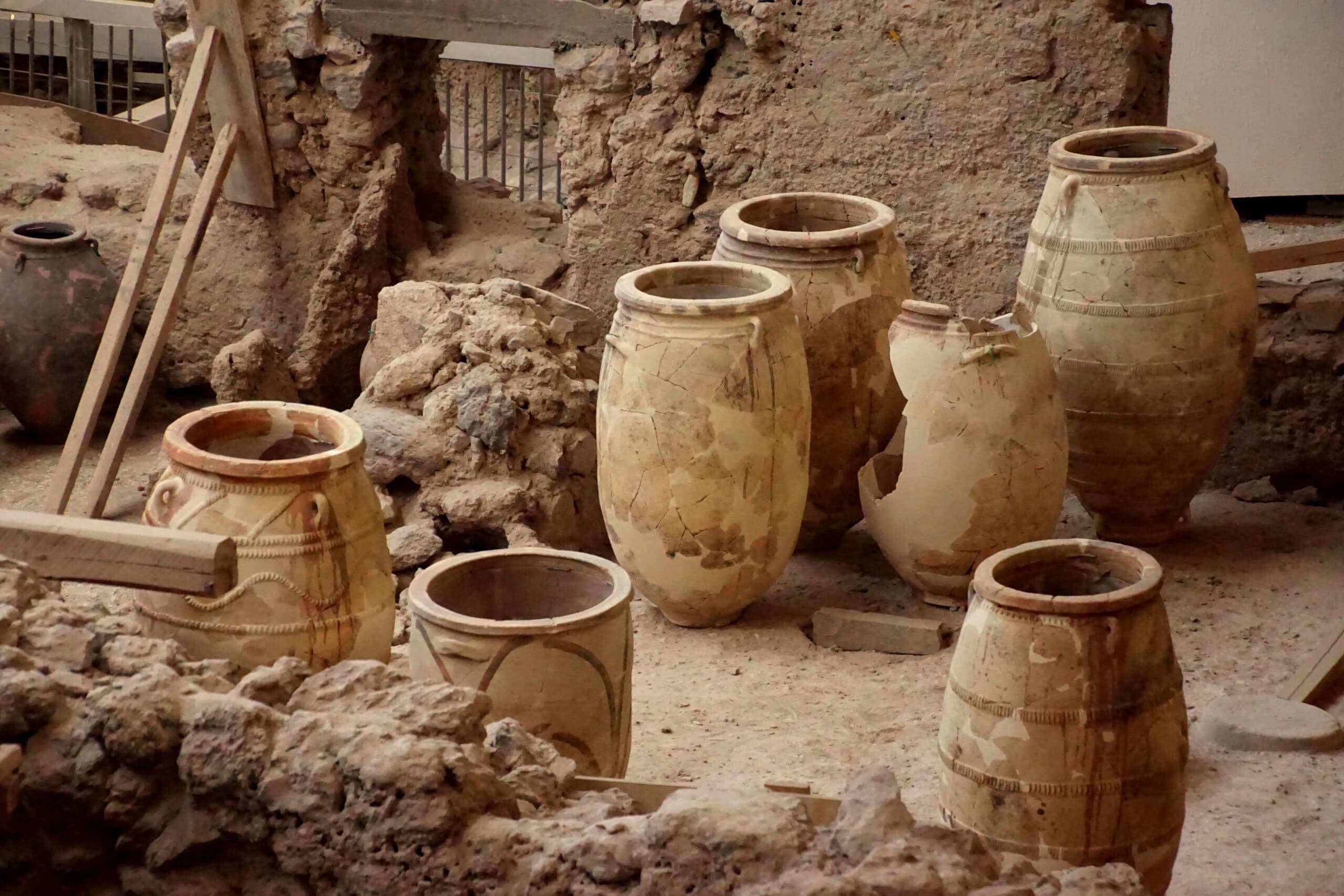The first human trace in Santorini appears in the Neolithic Period (7000-1700 BC).
Specifically, an advanced civilization was thriving on the island around 3600 BC. Excavations have uncovered the existence of an ancient Minoan colony in the southern part of the island, today known as Akrotiri. The island's location allowed Akrotiri to become a wealthy commercial hub, developing trade with Greece, Crete, Cyprus & Northern Africa. Another remarkable fact about ancient Santorini is its cultural and architectural splendor. Archaeologists have discovered plenty of frescoes, wall ornaments and pottery demonstrating how life was at the time. The streets of Akrotiri were paved, there was an elaborate drainage system, squares and complexes of multi-story buildings.
The name of the island was then Strongili (meaning circular) deriving from its round shape.
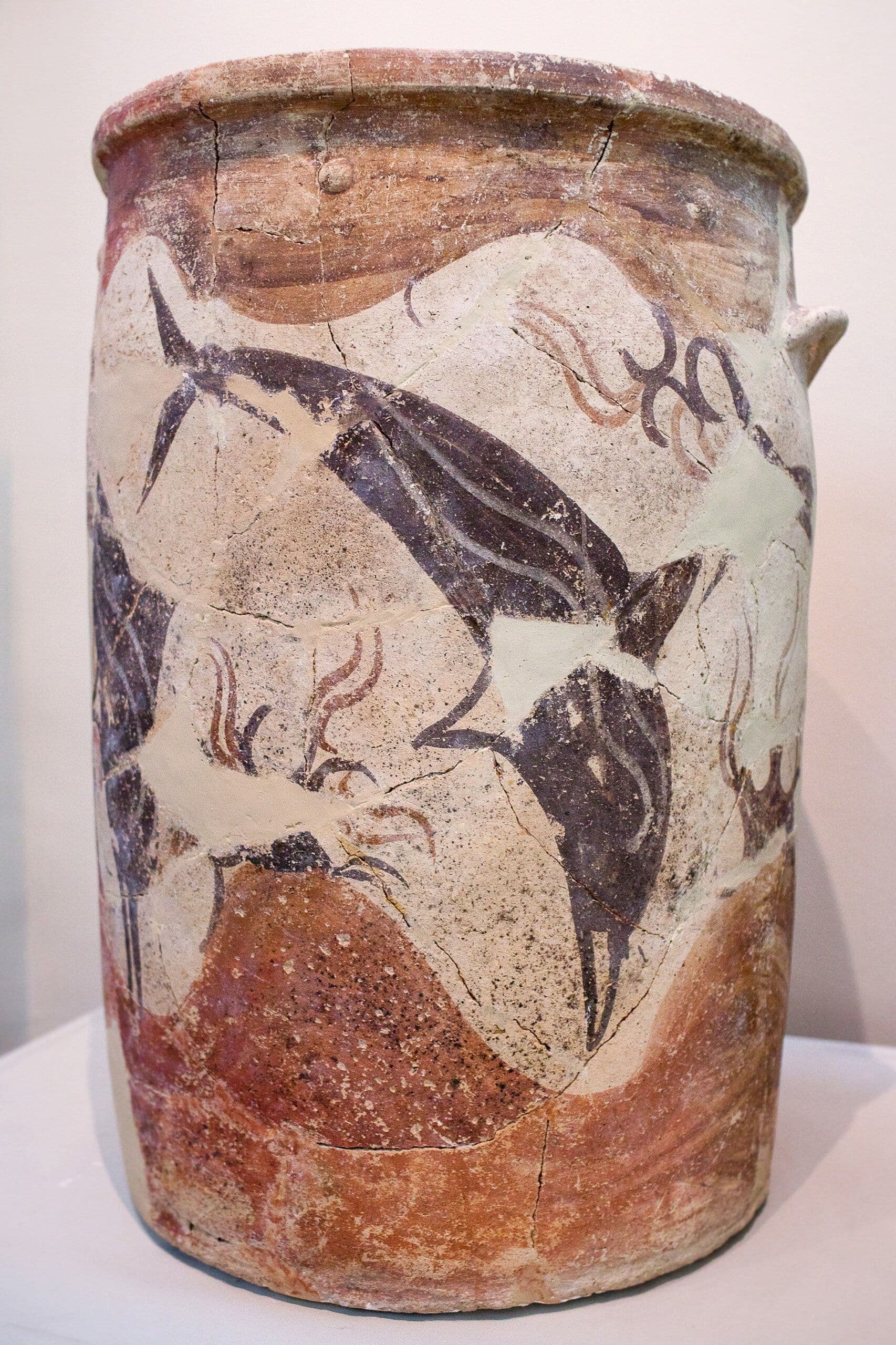
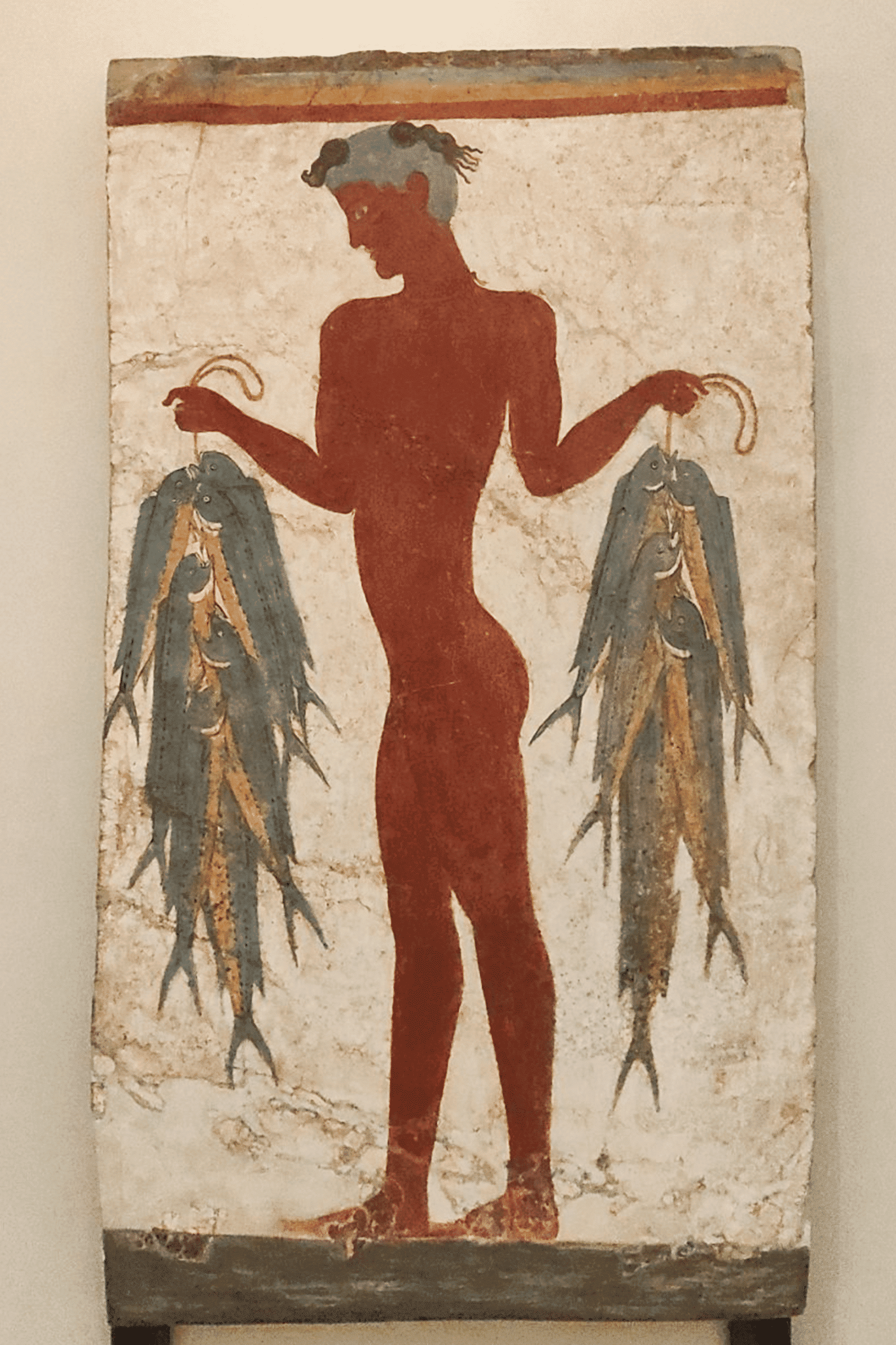
The catastrophic eruption
Around 1600 BC, a catastrophic volcano eruption took place, leading to the destruction of Santorini as it was. The central landmass of the island sank giving it its current half-moon shape. Subsequent earthquakes that lasted for weeks triggered huge tsunamis that caused the devastation of the Minoan empire.
The residents of the island probably started to migrate when they noticed smaller volcano eruptions and earthquakes. Although it is believed that many of them died before reaching the shore as the tsunamis started shortly after. The brutal disappearance of such a rich civilization started the rumor of Santorini being the Atlantis.
The years that followed
The next civilization to inhabit the island was the Phoenicians around 1300 BC. They were merchants, known for their trading culture across the Mediterranean. Enchanted by the beauty of the island when they arrived, they named it “Kallisti” meaning the most beautiful.
In the 9th century BC, Lacedaemonians, under the rule of Spartan commander Thiras settled on the island and founded the city of Ancient Thira. Consequently, the whole island was named after him. Once again, Santorini’s central location in the Aegean contributed to becoming a commerce center between the east and west.
1204-1579 AD | Venetian rule
In 1204 AD the island was surrendered to the Venetians. A catholic church they constructed, Santa Irina, is what gave Santorini its popular name, even though, the official name remains Thira. The Venetians helped the island evolve in many fields using advanced methods of the western world. One of them was the systematic cultivation of Santorini wines. However, during the same period, the island suffered many pirate raids and rival rulers. This led to the construction of 5 fortified settlements “Kastelia” around the island, with remainings of some existing to this day. Emblematic examples are the rock of Skaros and the “Kasteli” of Emporio village, with narrow passages and peculiar architecture.

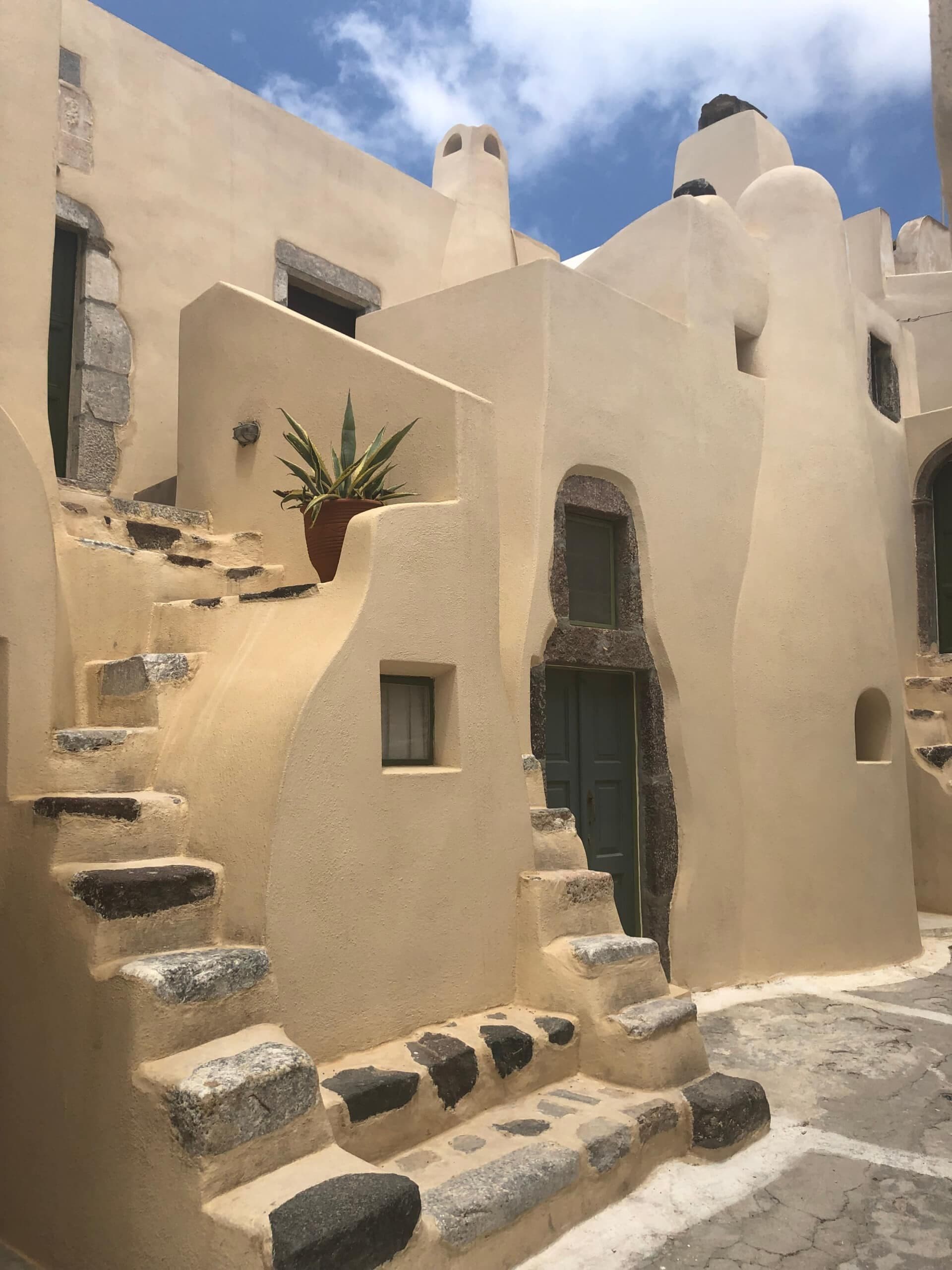
1579-1821 | Turkish rule
Throughout Turkish rule, the inhabitants were once again occupied with trading and easily managed to develop commerce with ports of the Eastern Mediterranean.
1821-Today | Recent History of Santorini
In 1832 Santorini was free from the Ottoman Empire and officially became part of Greece. During the following years, Santorini was thriving in shipping commerce, with wine, tomatoes, and textiles being its key exports, although the wars of the 20th century were catastrophic for the economy of the island.
In 1956, another big earthquake took place and the volcanic eruption that followed was a disaster for the island. 85% of the island's infrastructure was destroyed, and most of the locals had to abandon the island.
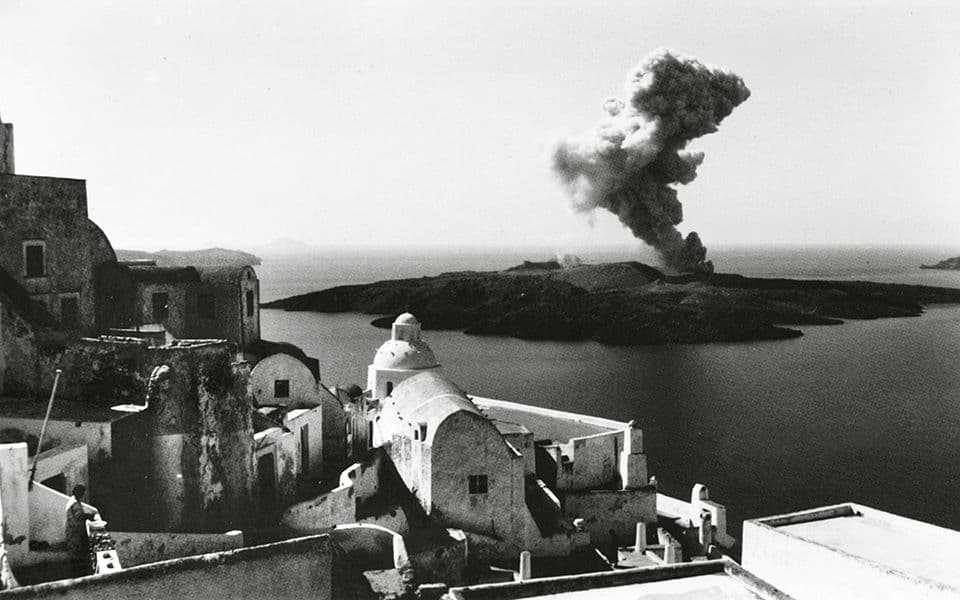
It was not until the 1970s that the tourist industry started to flourish progressively. Ironically, the caldera formed by the eruption 3,500 years ago, is the unique characteristic that makes Santorini one of the most famous destinations worldwide.
If you wish to learn more about the history of Santorini and unravel the secrets of ancient times, it's time to book your trip. A visit to The Archaeological Site of Akrotiri is definitely a must.
Although, if you are not planning to visit the island soon, here you can find 8 interesting facts about Santorini.
